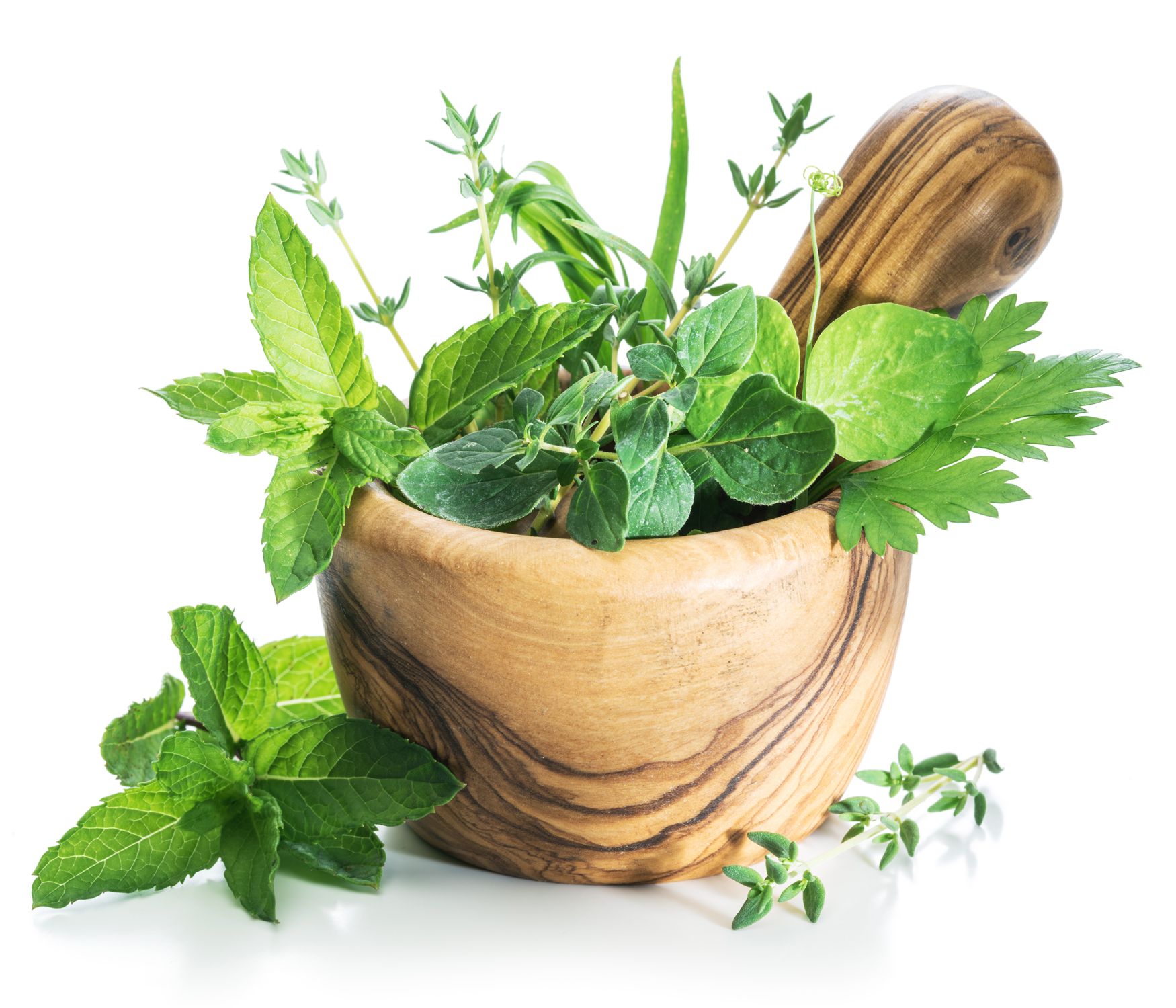September Gardening Guidelines
The Best Techniques to Harvest Your Fall Crop


Knowing when to harvest is the secret to gardening. Different vegetables and fruits will provide certain clues as to when they’re ready to pick. Only a few vegetables, like carrots, can stay in the ground for weeks until they’re ready to be picked, and some need continual picking to encourage ongoing production of a crop.
For most crops, peak flavor happens during a short window; if you wait too long, the appearance, flavor and overall quality may be impacted. No one wants to eat chewy green beans.
General Guidelines to Determine When Veggies and Fruit Are Ripe
Understanding the ripeness of vegetables and fruits involves a few general rules. You can start harvesting leafy greens, like chard and spinach, when they reach a certain size by picking outer leaves while letting the inner ones develop further. Yet, variations exist among different plant types and environments, so maintaining records specific to your crops is crucial. Assessing maturity and harvesting fruit-bearing plants pose particular challenges.
Why harvest in the morning? This isn’t folk wisdom! The optimal harvesting time for most vegetables is early in the morning. Vegetables absorb moisture overnight, replenishing what was lost during the day, and the starches developed convert to sugars in the evening.
When harvested in the morning, this process produces fresher, more succulent and sweeter produce. If morning harvesting isn't feasible, it is advisable to store the produce away from direct sunlight and cool it promptly to preserve its quality. The peak quality of vegetables is attained at harvest and diminishes quickly after that.
Vegetable Harvesting Guidelines
Don’t pick too soon and don’t pick too late. Picking at the peak of perfection must be the goal for all gardeners. Here are some key pointers to guide you through the harvesting process for various vegetables:
- Asparagus: Snap off spears at ground level when they reach 5-8 inches in length.
- Green Beans: They should be checked daily. Harvest when beans inside the pod are a quarter of their normal size. The pods should be crisp and firm.
- Broccoli: Pick when heads display a vibrant green color with closely packed florets. For the first harvest, cut the central stalk at a slant of five inches below the base of the head. This technique prevents rot.
- Beets: Begin harvesting when roots are around an inch in diameter, with the majority ready at 2-3 inches.
- Brussels sprouts: The buds at the base are the first to mature, so pick from the bottom up when the sprouts become firm and are about one inch in diameter.
- Carrots: These can be harvested over a long period. The optimal time is when they resemble the size of your finger, ideally before hot weather arrives. The best method is careful digging rather than pulling. The sugar content heightens as they age.
- Cabbage: Begin harvesting anytime after developing heads become solid and firm.
- Cantaloupes: These are ripe when the fruit detaches easily from the stem.
- Cauliflower: Harvest when the head appears white, smooth and compact. If you wait until after the curds open, you have passed the window of opportunity.
- Sweet Corn: Harvest when the tender kernels release milky liquid when punctured. This is typically about 20 days after the first silk strands appear.
- Cucumbers: Check these daily as they grow fast! You’ll want to wait until they’re dark green, at least 6 inches long, and around 2 inches in diameter.
- Lettuce: A firm head signifies that it is ready to be picked. Cut the head about an inch above ground for a cut-and-come-again crop. Lettuce can be picked in stages.
- Green Peas: These are best harvested in the early morning or evening. The peas are full of water from the night before and will be at their juiciest. Pick when the pods are full, with earlier picks yielding more tender peas. For the best flavor, pick snap peas when plump and well-colored but less fully filled than garden peas.
- Red Bell Peppers: Firm and bright red peppers are ready for harvest and peppers can be harvested anytime in the immature green stage.
- Irish Potatoes: Harvest when their tops die down. Dig the potatoes about two weeks after that happens, as the delay allows their skins to toughen.
- Pumpkins: Always harvest before the first frost, when the skin is firm and orange.
- Spinach: Very similar to lettuce, you can pick when leaves reach a desirable size.
- Tomatoes: Harvest bright red and firm tomatoes immediately; unripe tomatoes can be ripened indoors. Their tops should be between the semi-firm and semi-soft stages.
- Watermelons: These are ripe when the underside transitions from whitish to yellow, producing a thud when tapped.
Fruit and Berry Harvesting Tips
Here's a guide for harvesting fruits and berries:
- Blackberries: Harvest ripe, plump blackberries every few days.
- Grapes: Ripe grapes exhibit typical flavor and aroma, necessitating shears for cluster removal.
- Raspberries: Pick deep red raspberries that detach easily. Don’t wait for them to drop on their own.
- Strawberries: The optimal picking time is when they are bright red and slightly softened.
- Apples: Test for taste and texture as ripeness indicators vary among apple varieties.
- Peaches: Harvest when fruit softens and loses its green hue, tasting for ripeness.
- Pears: Pick when nearly ripe, with a gentle pear taste, allowing further ripening post-harvest.
Getting the Most From Your Harvest
Make the most of your harvest by exploring different preservation methods like canning, freezing and drying. Canning and freezing, known for their popularity, offer straightforward preparation processes. Additionally, drying, especially effective for preserving herbs, can be achieved through air drying. If you don’t have time for canning then consider selling your veggies and fruit at a local market.
If you choose a roadside stand or farmer’s market, opt for stacked baskets of vegetables for an appealing display. However, ensure to check your local zoning and permit regulations beforehand. Don’t forget to talk to your neighbors about what they do every fall!
Freezing and Canning
Some gardeners prefer blanching foods like beans, peas and carrots, though this step is optional before freezing veggies. A recommended method for loose items, such as peas, is to spread them out on a waxed paper-covered cookie sheet and place the tray in the freezer until the individual pieces are ready to be transferred to separate freezer bags. Then, they are returned to the freezer for long-term storage.
Canning is the heat packing of food into a glass container and, for the canning process, several specialized pieces of equipment are typically required to ensure safe and effective preservation.
Here are some essential tools and equipment needed for canning:
- Canning jars: Glass jars specifically designed for canning, with airtight lids to seal the preserved food.
- Canning lids and bands: Flat metal lids with sealing compound and screw-on bands to secure the lids during processing.
- Canning pot or water bath canner: A large pot with a rack to hold jars, used for water bath canning to process high-acid foods like fruits, pickles and jams.
- Pressure canner: Essential for canning low-acid foods like vegetables, meats and soups safely at high temperatures, preventing botulism.
Having these tools on hand ensures a smooth and successful canning process, allowing you to preserve your harvest effectively for long-term storage.
Canning takes more time than freezing and anything pickled must be canned.
Harvesting can provide quite a sense of accomplishment. You could even look for another gardener who’s willing to take your bounty to the market and sell it in their booth for a small percentage of the sale.
Tags:Garden & Landscape

Acreage Life is part of the Catalyst Communications Network publication family.
















